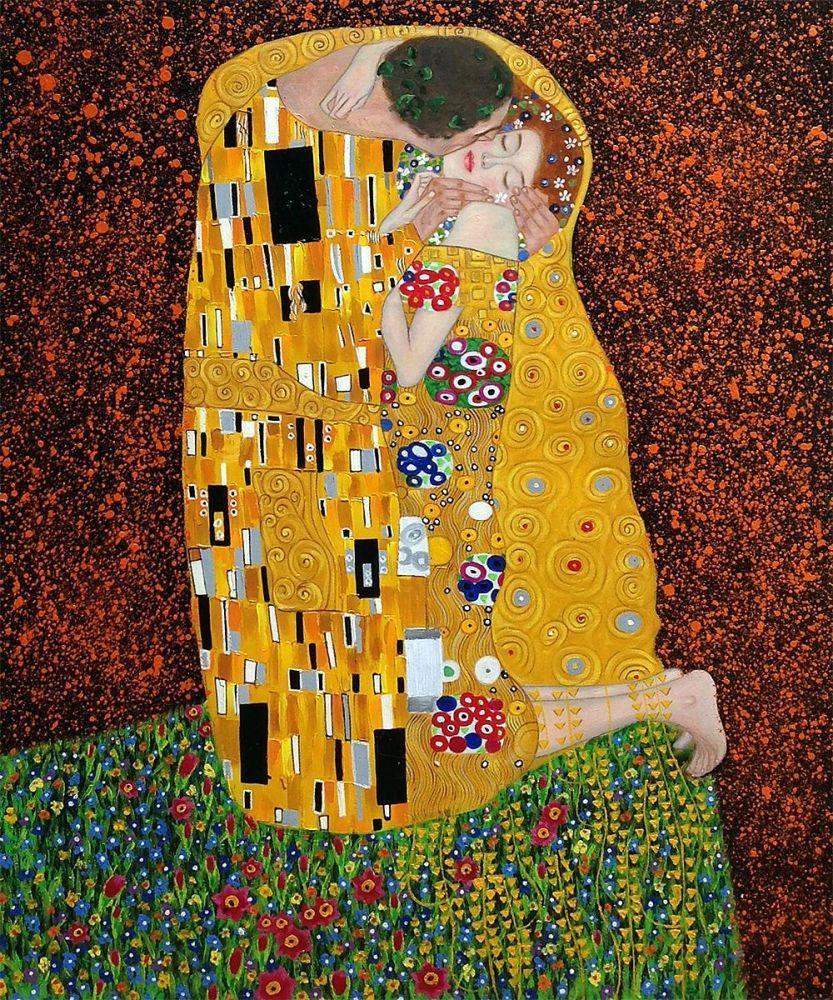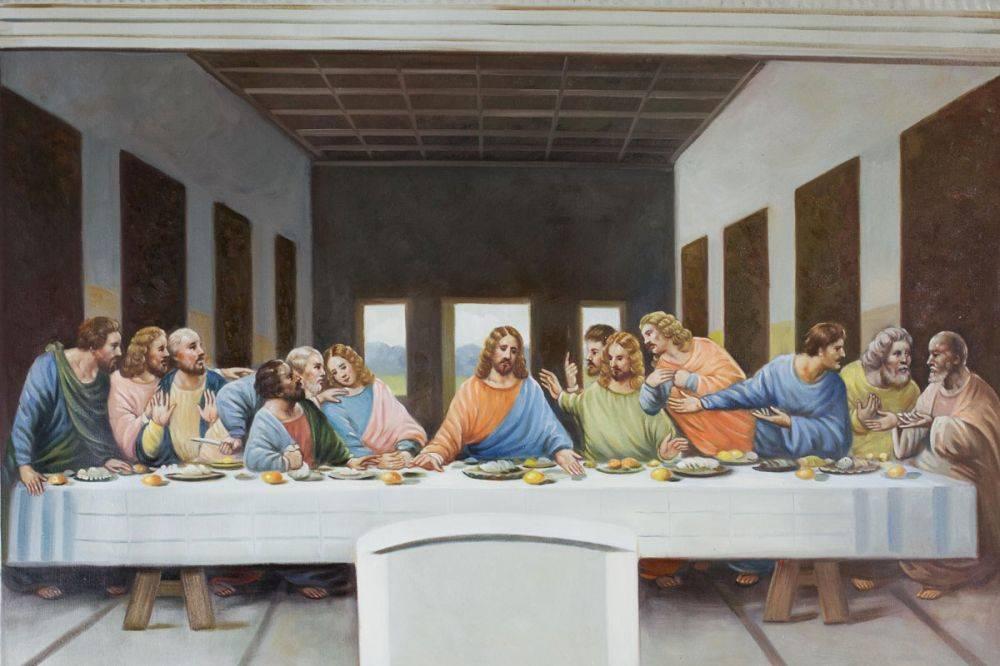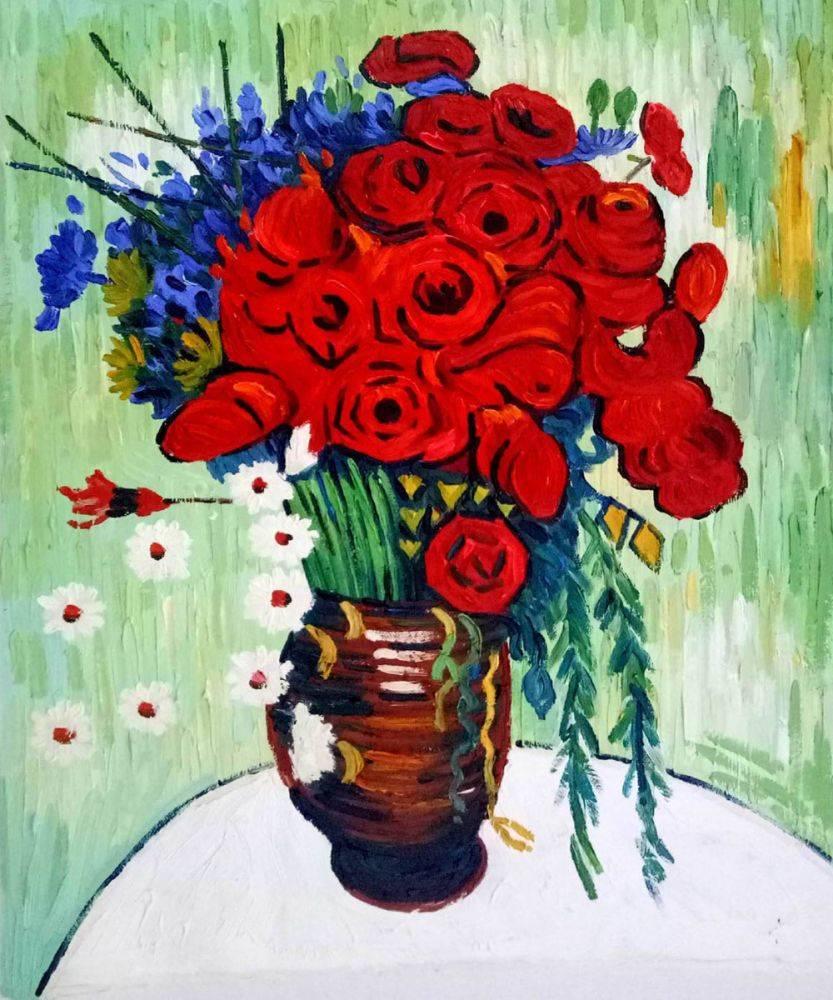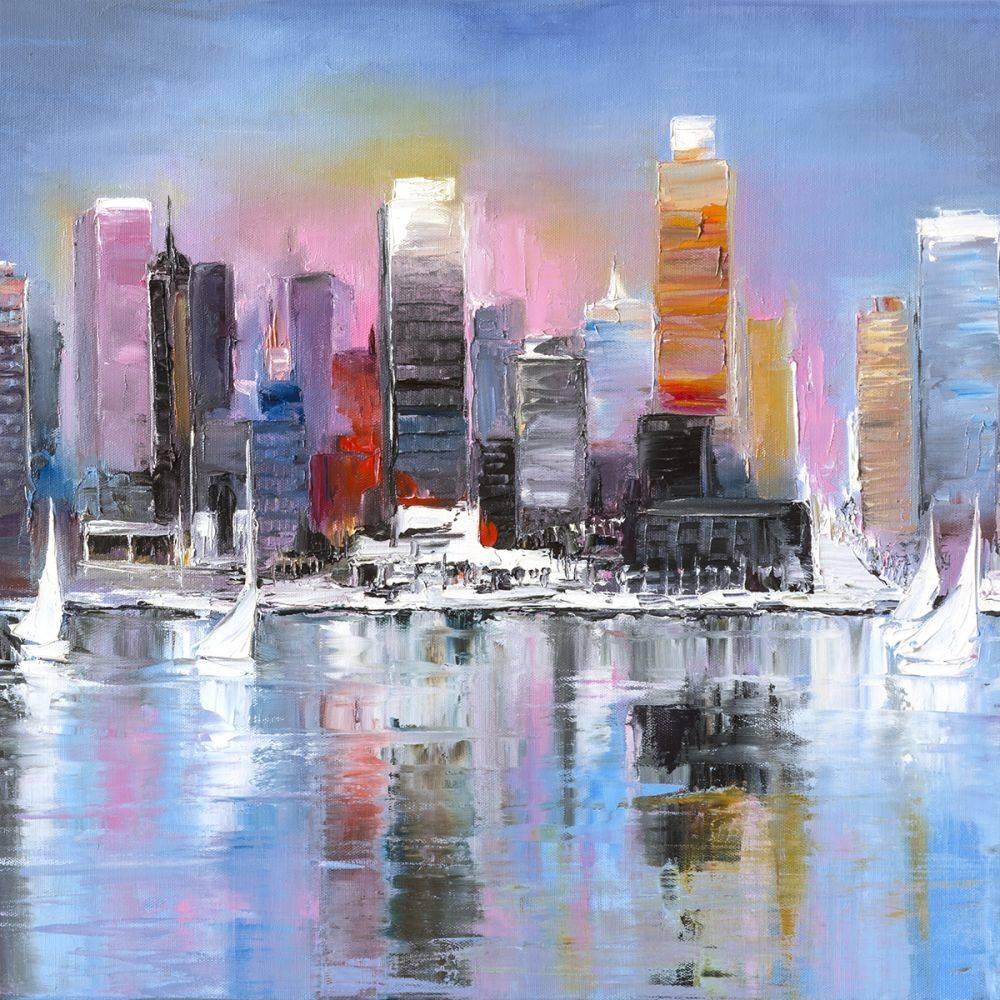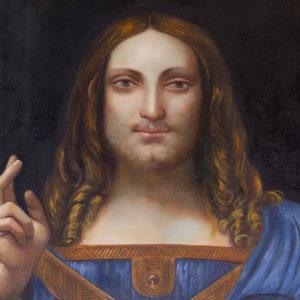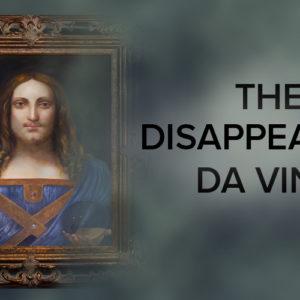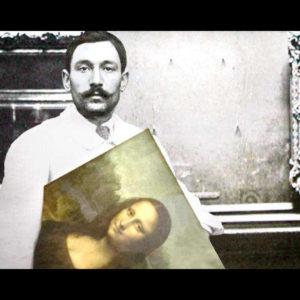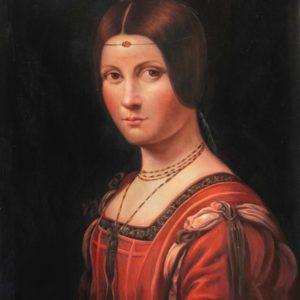Art
The Art of War – Genius Vs. Genius
Da Vinci Vs. Michelangelo: On one side Leonardo Da Vinci (1452 – 1519) the creator of “Mona Lisa” and the “Vitruvian Man”. An intellectual inspired by Aristotle’s objective vision, scientific research and observation of Nature. Sociable, kind, keen on a good party and happy to share his work in progress with anyone interested. On the other side Michelangelo (1475 – 1564), creator of the “Sistine Chapel” ceiling and many other biblical and mythological themes. An artist inspired by Plato and in love with idealist shapes. Irreverent, brash and often rude, who worked obsessively and alone. Both Italian icons of the High Renaissance with absolute irreconcilable differences.
 Around 1503, Piero Soderini (recently elected Gonfaloniere in Florence) awarded each artist with a commission of painting one of the walls in the Council Hall of the Palazzo Vecchio – the legislative center of Florence. Da Vinci was commissioned to produce a fresco of the Battle of Anghiari, and Michelangelo was commissioned to paint the opposite wall with the Battle of Cascina. As soon as the news became public none of them was pleased, but the Florentines were thrilled. This would be “The Battle of all Battles”.
Around 1503, Piero Soderini (recently elected Gonfaloniere in Florence) awarded each artist with a commission of painting one of the walls in the Council Hall of the Palazzo Vecchio – the legislative center of Florence. Da Vinci was commissioned to produce a fresco of the Battle of Anghiari, and Michelangelo was commissioned to paint the opposite wall with the Battle of Cascina. As soon as the news became public none of them was pleased, but the Florentines were thrilled. This would be “The Battle of all Battles”.
The dislike towards each other was hardly a secret, so it became a true challenge for both: Da Vinci, an established artist known for a little procrastination; and Michelangelo, young and eager to make a statement. Both presented stunning templates and started the works, but unfortunately the world could never know who would perform better. Both artists had to drop their battle – Leonardo to deal with unfinished works in Milan, avoiding diplomatic incidents between the two cities; Michelangelo to attend to Pope Julius II’s requests in Rome.
Van Gogh Vs. Gauguin: One was the Dutch painter known for works as “Starry Night” and “Sunflowers”. Vincent van Gogh (1853 – 1890) was the artist who left the legacy of Expressionism for generations to come. The other, Paul Gauguin (1848 – 1903), the French artist and printmaker known for “When Will You Marry?” and “Tahitian Women on the Beach”. He was of great influence to the French avant-garde, inspiring artists as Picasso and Matisse. These were two of the greatest Post-Impressionist painters of the XIX century, with a groundbreaking use of color and great mutual admiration.
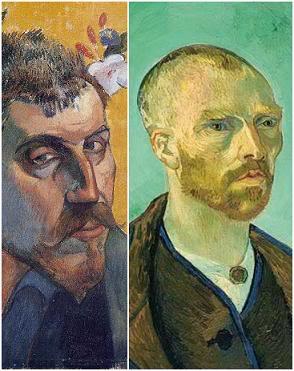 They met in 1887 in Paris, during an art exhibit, and soon manifested interest in each other’s work. Their relation was founded by exchanging one of Gauguin’s landscapes from Martinique for two of Van Gogh’s Sunflowers studies and exchanging letters regularly. When Van Gogh moved to France to create the Studio of the South, he invited Gauguin to join him. That would be the place where artists would work together and inspire each other.
They met in 1887 in Paris, during an art exhibit, and soon manifested interest in each other’s work. Their relation was founded by exchanging one of Gauguin’s landscapes from Martinique for two of Van Gogh’s Sunflowers studies and exchanging letters regularly. When Van Gogh moved to France to create the Studio of the South, he invited Gauguin to join him. That would be the place where artists would work together and inspire each other.
During their time in Arles, they shared ideas, materials and knowledge. However, the proximity brought up fundamental differences. Whilst Gauguin believed in working from memory so that the abstract mental process could build up his images, Van Gogh had a passion for objectivity, observation and physical reality. Their sharp conceptual disagreements also resulted in physical confrontations. In fact, it has been defended by German academics that Van Gogh did not cut his own ear; instead he lost it in a fight with Gauguin outside a brothel. This friendship and mutual support, as intense as it was, had an abrupt end soon before Van Gogh was readmitted on a mental institution. Still, the two friends and rivals kept exchanging letters until Van Gogh’s death.
Picasso Vs. Matisse: Pablo Picasso (1881 – 1973) was a Spanish painter, sculptor, printmaker, stage designer and playwright who spent most of his life in France. Works like “Guernica” and “Les Demoiselles d’Avignon” are among his most famous. On the other side of the ring, Henri Matisse (1869 – 1954) a French painter, sculptor, printmaker and draughtsman. The talent behind “Odalisque” and the “Red Room”. Both known as leading figures of modern art – and revolutionaries in the development of the plastic arts in the beginning of the XX century – expanded the sense of beauty of all art lovers by daring to embrace the ugly. Nonetheless, in the words of Matisse, they were “As different as the North Pole is from the South Pole”.
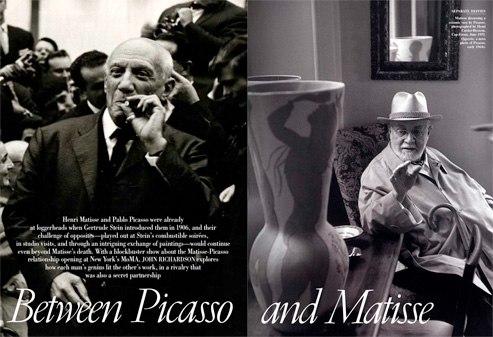 Their rivalry was triggered around 1905, when Leo Stein – a great American art collector – acquired Matisse’s “Woman in a Hat” to hang it alongside Picasso’s “Boy With a Horse”. The comparison was taken as a challenge to Picasso, the young one, seen as less adventurous. When Matisse outraged the public by presenting “The Joy of Life” at the Independents’ Salon in Paris, and with the “Blue Nude” the year after, Picasso had to respond. Les Demoiselles d’Avignon was a demolishing piece of Cubism – and for Matisse, the game was on.
Their rivalry was triggered around 1905, when Leo Stein – a great American art collector – acquired Matisse’s “Woman in a Hat” to hang it alongside Picasso’s “Boy With a Horse”. The comparison was taken as a challenge to Picasso, the young one, seen as less adventurous. When Matisse outraged the public by presenting “The Joy of Life” at the Independents’ Salon in Paris, and with the “Blue Nude” the year after, Picasso had to respond. Les Demoiselles d’Avignon was a demolishing piece of Cubism – and for Matisse, the game was on.
The artists didn’t like each other’s works at first; still they recognized their mutual power. This open competition grew into a stimulating relation. The artists started to meet regularly, to analyze each other’s work and eventually evolve together – approaching similar themes and even producing works with the same title. Their relation was often compared to a boxing match. In fact, their first common exhibit in 1918 was set up like one, by a young Parisian dealer. However, what started as a rivalry became the most noticeable and exciting interaction between two men, who haven’t only become friends as also changed together the course of XX century art.
